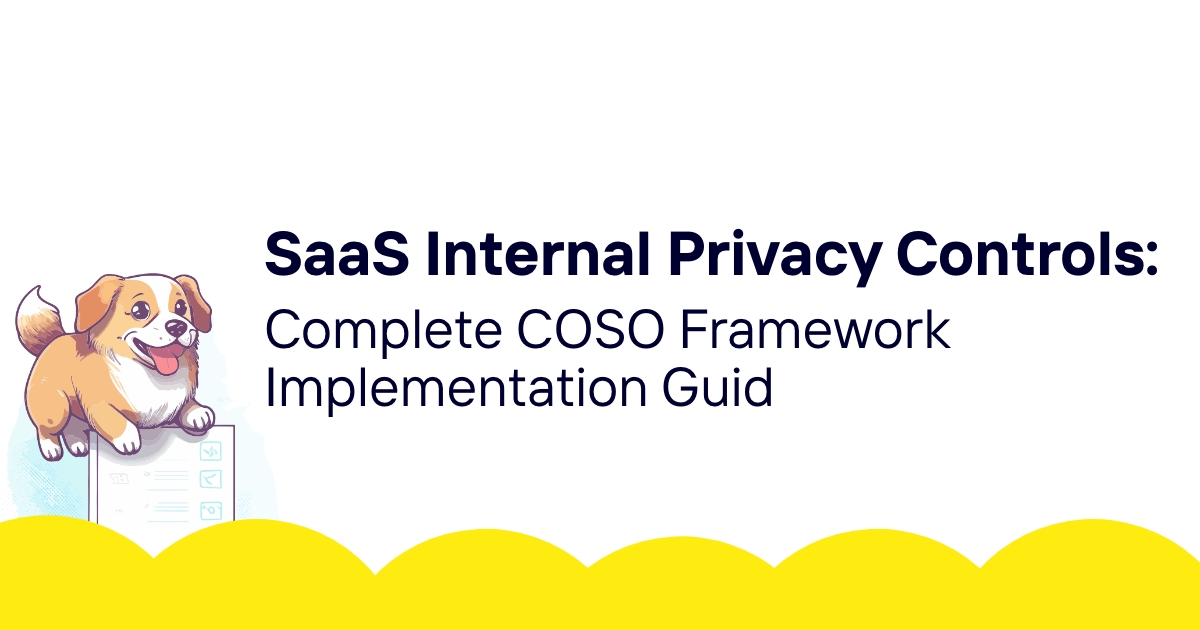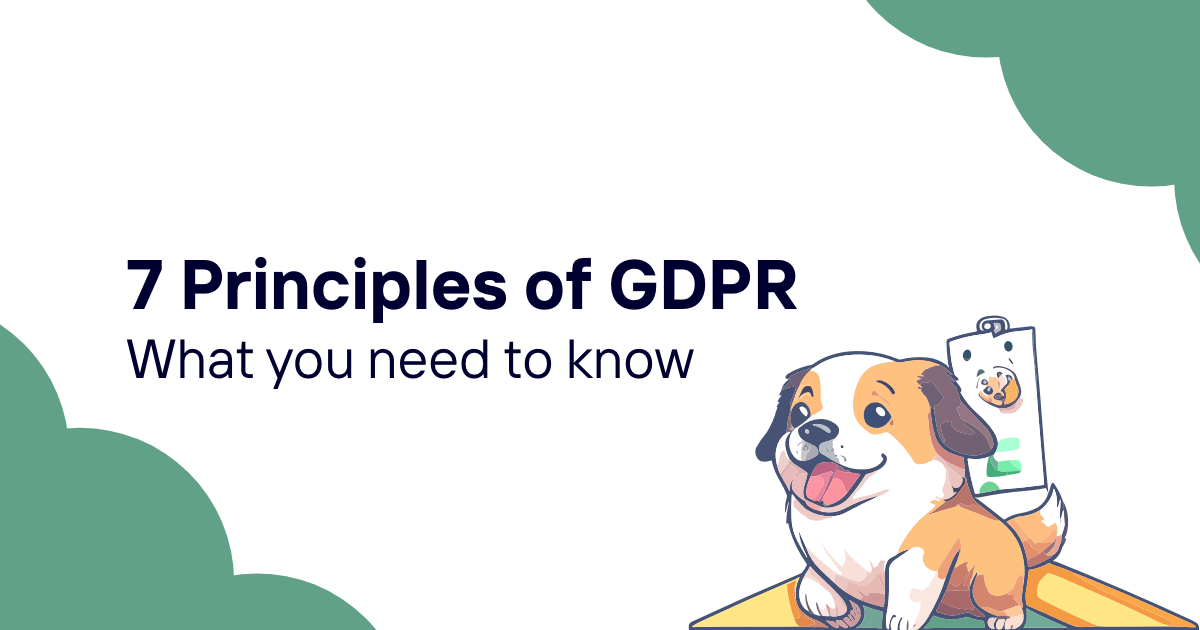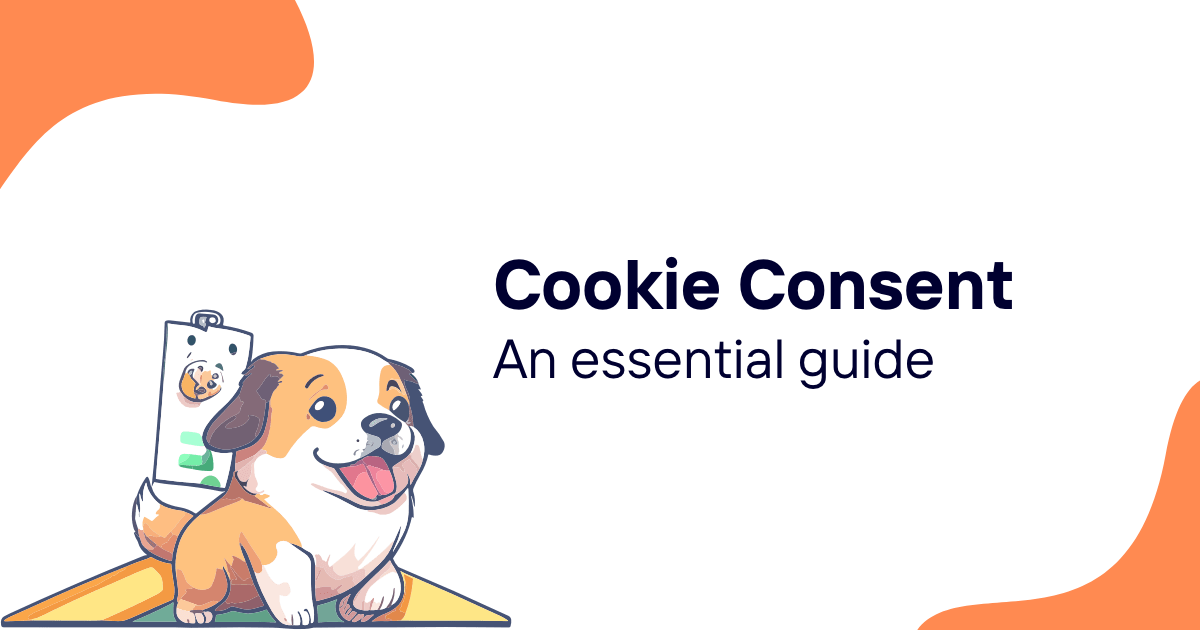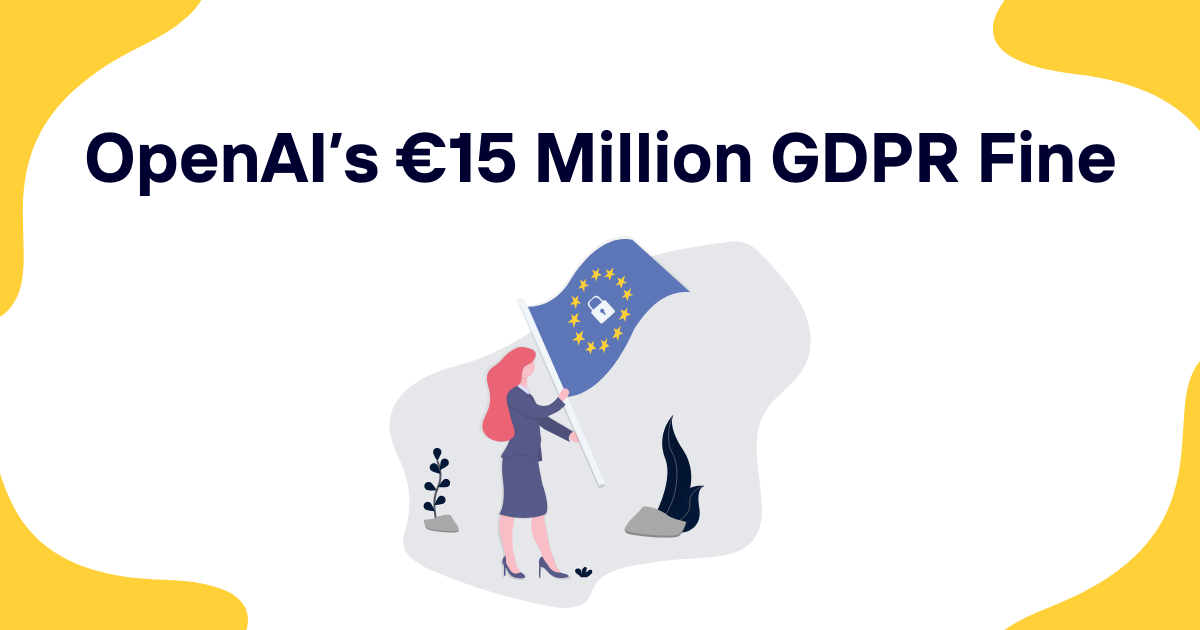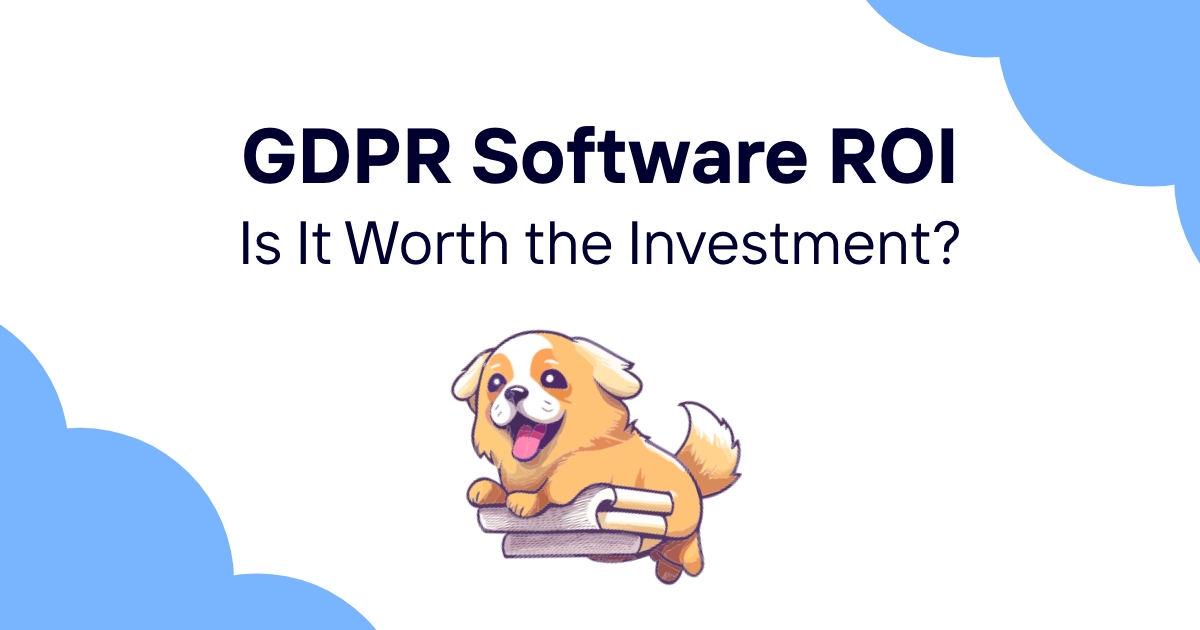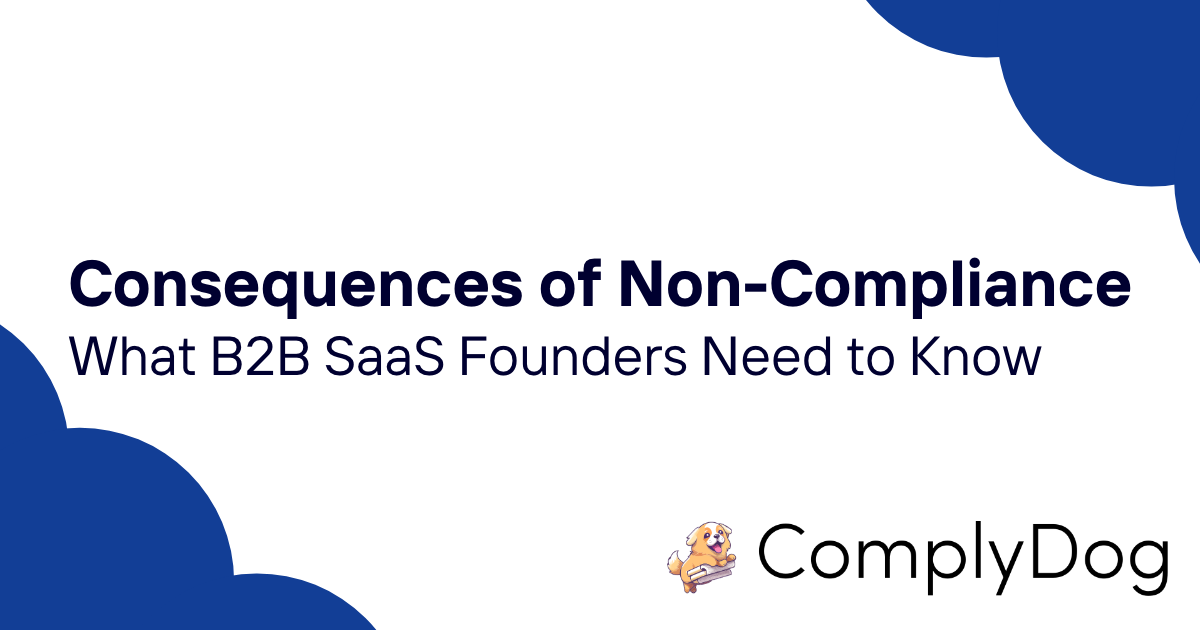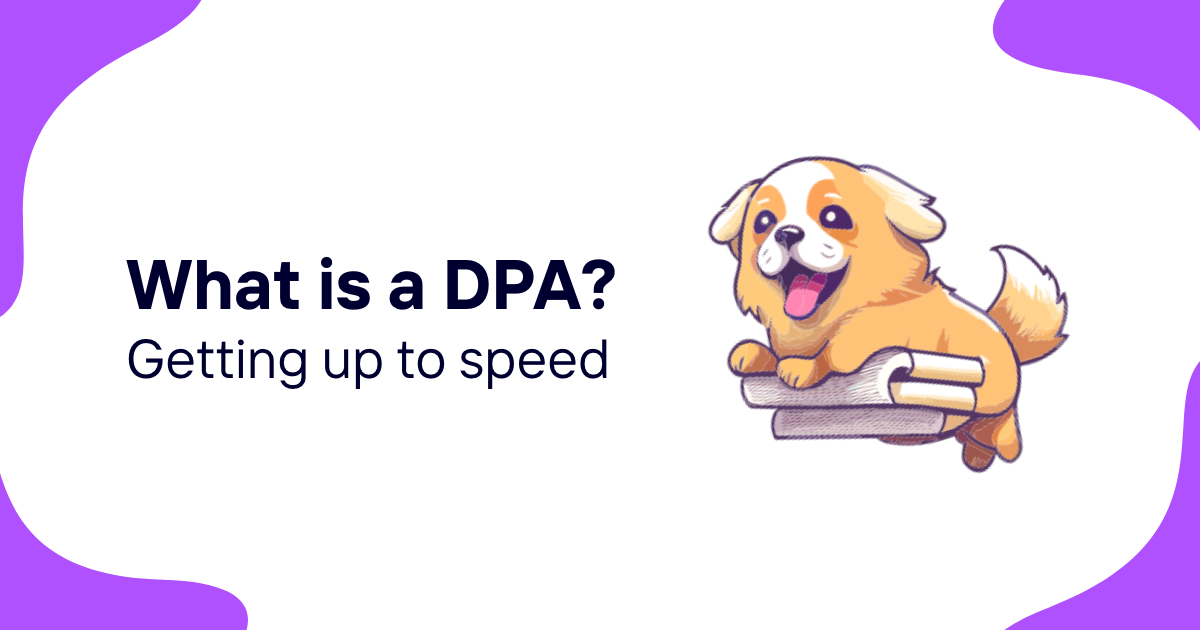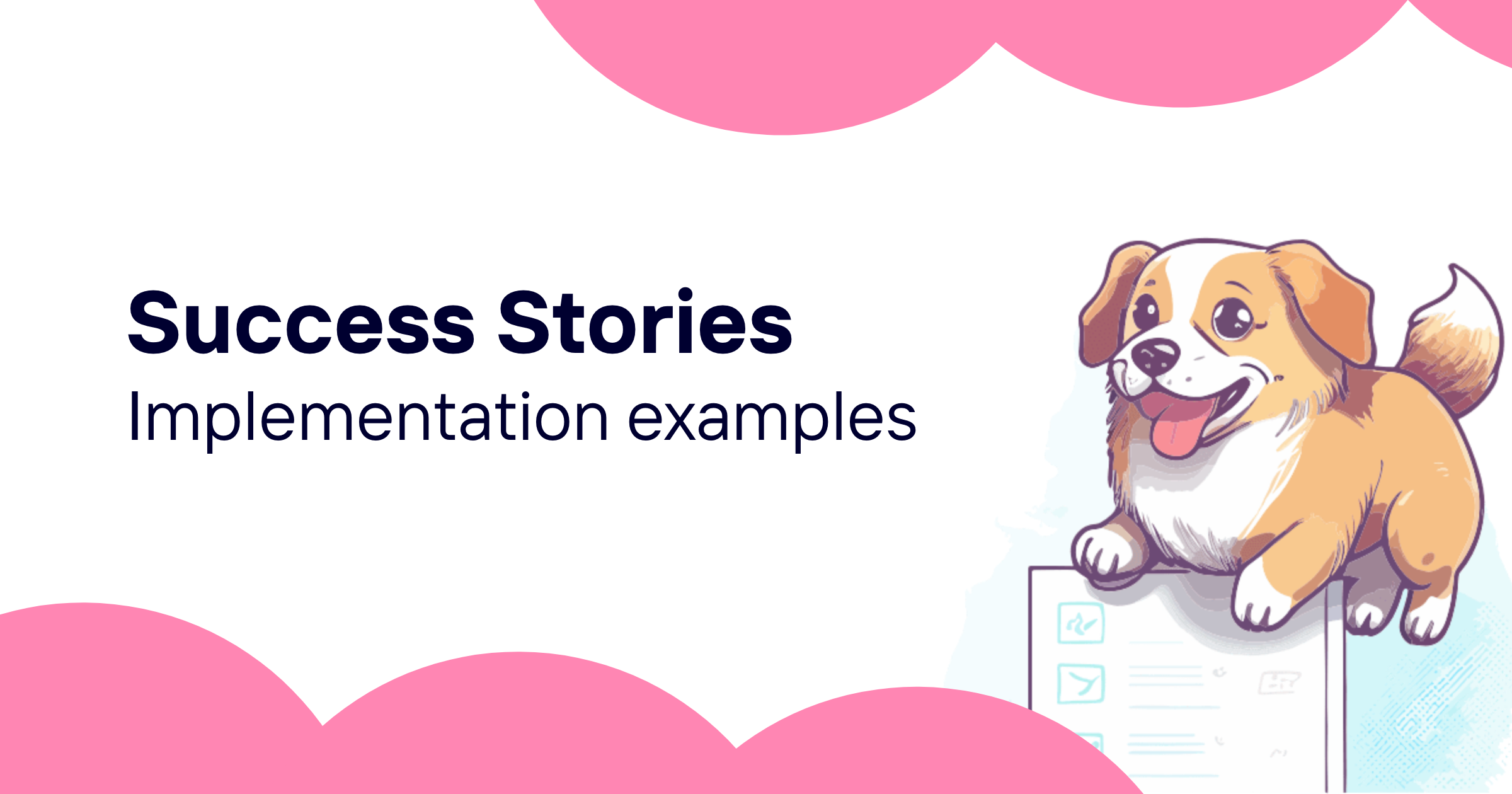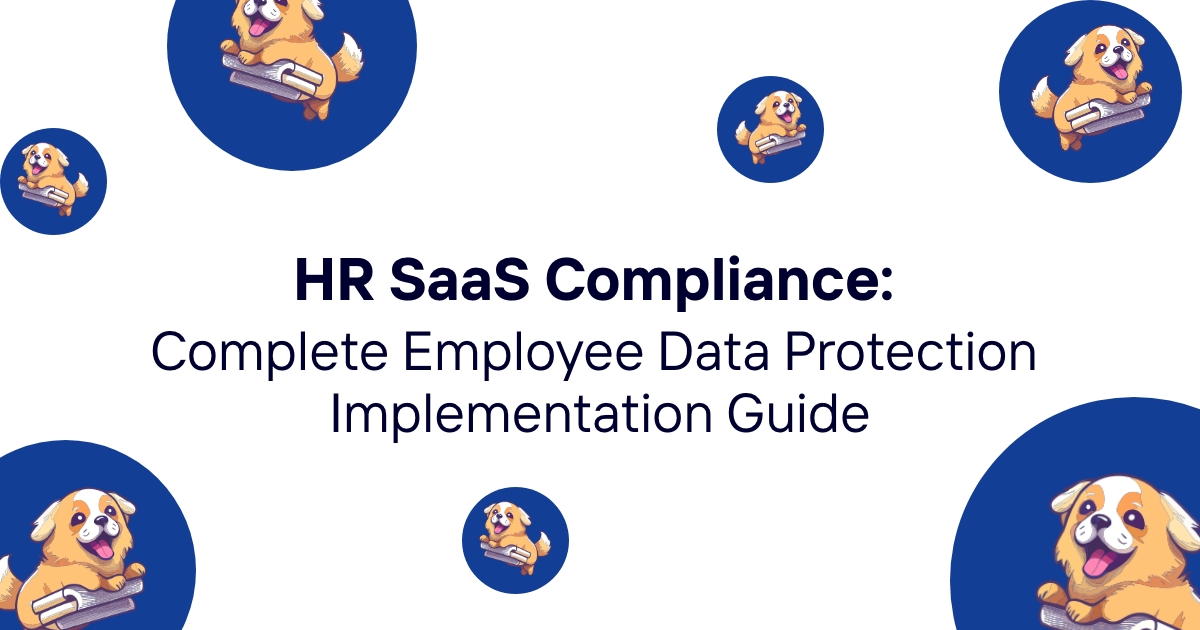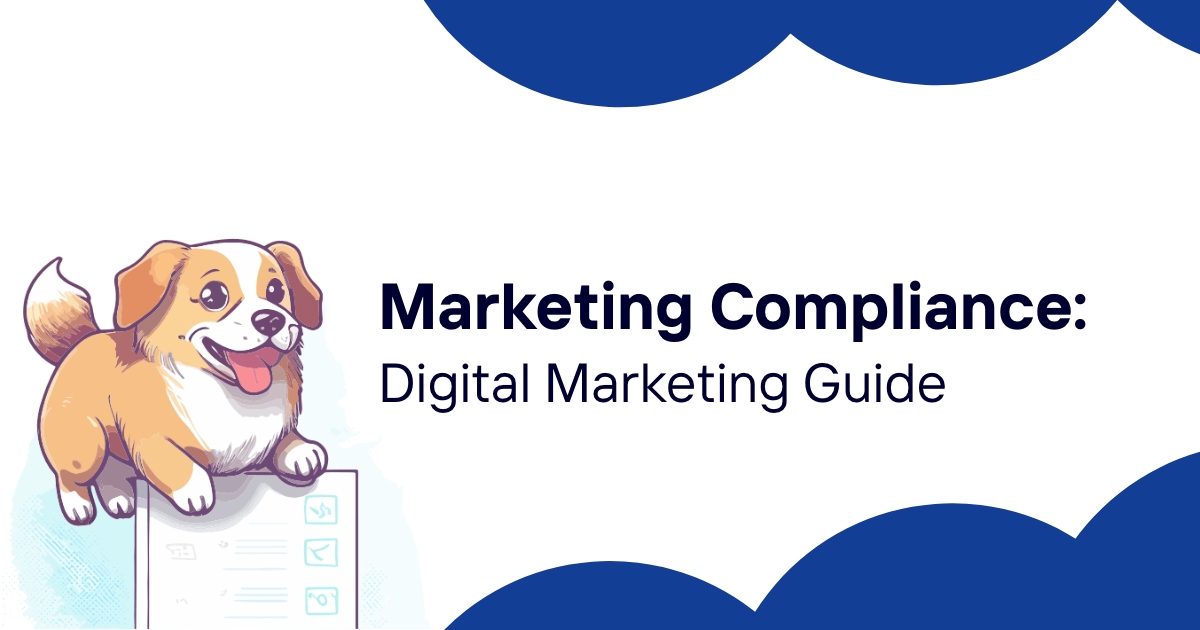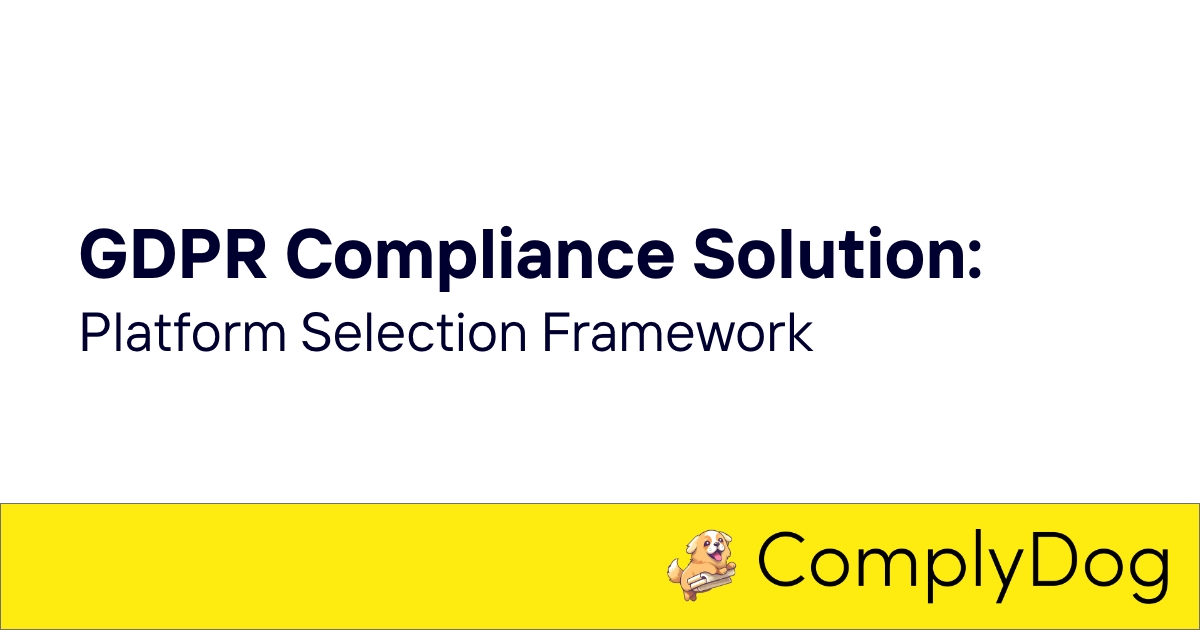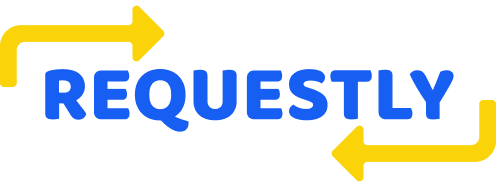SaaS companies require robust internal privacy controls that integrate with enterprise risk management and corporate governance frameworks to ensure comprehensive data protection while supporting business objectives and regulatory compliance. The COSO (Committee of Sponsoring Organizations) framework provides structured approaches to internal control design that must be enhanced with privacy-specific considerations to address data protection throughout organizational operations.
The complexity of SaaS internal privacy controls lies in coordinating privacy protection with business process controls, financial reporting requirements, and operational risk management while ensuring comprehensive data stewardship throughout organizational functions and customer interactions.
COSO framework implementation for privacy requires understanding how the five components - Control Environment, Risk Assessment, Control Activities, Information and Communication, and Monitoring Activities - apply specifically to personal data protection and privacy risk management throughout SaaS organizations.
SaaS companies implementing COSO-based privacy controls gain competitive advantages through enhanced corporate governance, improved risk management, streamlined audit processes, and integrated privacy protection that demonstrates organizational maturity and customer data stewardship excellence.
Proper COSO privacy framework implementation requires systematic assessment of privacy risks, design of appropriate control activities, and ongoing monitoring that ensures privacy protection integrates seamlessly with broader enterprise risk management and business operations.
ComplyDog helps SaaS companies implement comprehensive COSO privacy frameworks through systematic control design, integrated risk assessment, and continuous monitoring that ensures privacy protection enhances rather than constrains business operations and enterprise governance.
Control Environment for SaaS Privacy
Establishing a strong control environment provides the foundation for effective privacy controls by creating organizational culture, governance structures, and management commitment that support comprehensive data protection throughout SaaS operations.
Privacy Governance and Oversight:
Establish privacy governance structures including board oversight, privacy committees, and executive accountability that ensure privacy considerations integrate with strategic decision-making and organizational leadership throughout SaaS companies.
Design governance frameworks that provide appropriate privacy oversight while ensuring leadership commitment and accountability for privacy protection through systematic governance structures and responsibility allocation.
Organizational Privacy Culture:
Build organizational privacy culture through leadership commitment, employee engagement, and cultural reinforcement that creates shared understanding and commitment to privacy protection throughout all organizational functions and customer interactions.
Implement culture development that promotes privacy awareness while supporting business objectives through systematic culture building and organizational privacy value integration.
Privacy Competency and Training:
Develop privacy competency throughout organizations through comprehensive training, skill development, and competency assessment that ensures staff capability for privacy protection and regulatory compliance throughout their roles.
Configure competency development that builds privacy capabilities while supporting professional development through systematic training programs and privacy education initiatives.
Privacy Policy and Standards Framework:
Establish comprehensive privacy policies and standards that provide clear guidance for privacy protection while ensuring appropriate integration with business processes and regulatory requirements throughout organizational operations.
Design policy frameworks that provide practical guidance while ensuring comprehensive coverage of privacy requirements through systematic policy development and implementation procedures.
Privacy Accountability and Responsibility:
Define privacy accountability and responsibility throughout organizational structures while ensuring appropriate role definition and performance measurement for privacy protection throughout management and operational functions.
For insights on building comprehensive organizational privacy frameworks, check out our SaaS service management privacy guide which addresses similar systematic privacy integration challenges.
Privacy Risk Assessment Integration
Integrating privacy risk assessment with enterprise risk management ensures comprehensive identification, analysis, and treatment of privacy risks while supporting business decision-making and strategic planning throughout SaaS organizations.
Enterprise Privacy Risk Identification:
Identify privacy risks throughout SaaS operations including data processing activities, technology risks, regulatory compliance risks, and business relationship risks that affect customer data protection and organizational reputation.
Implement risk identification that provides comprehensive coverage while ensuring appropriate consideration of emerging risks and changing business operations throughout privacy risk assessment activities.
Privacy Risk Analysis and Evaluation:
Analyze privacy risks through systematic assessment of likelihood, impact, and organizational risk tolerance while ensuring appropriate prioritization and treatment planning for comprehensive privacy risk management.
Configure risk analysis that provides meaningful evaluation while supporting decision-making through systematic risk assessment and prioritization procedures that address business and privacy objectives.
Privacy Risk Treatment Planning:
Develop privacy risk treatment plans that address identified risks through appropriate mitigation strategies, control implementation, and ongoing monitoring while ensuring cost-effective risk management and business protection.
Design treatment planning that provides effective mitigation while ensuring appropriate resource allocation and business integration through systematic risk treatment and control selection procedures.
Risk Assessment Integration with Business Planning:
Integrate privacy risk assessment with business planning processes while ensuring appropriate consideration of privacy risks in strategic decisions, product development, and operational planning throughout SaaS organizations.
Implement assessment integration that supports business decision-making while ensuring privacy risk considerations influence planning and strategy development through systematic integration procedures.
Dynamic Risk Assessment Procedures:
Establish dynamic risk assessment procedures that adapt to changing business conditions, regulatory requirements, and technology developments while ensuring ongoing risk management effectiveness and relevance.
Configure dynamic assessment that provides responsive risk management while ensuring appropriate adaptation to changing conditions through systematic assessment update and revision procedures.
Privacy Control Activities Design
Designing comprehensive privacy control activities ensures that specific controls address identified privacy risks while integrating seamlessly with business processes and operational workflows throughout SaaS organizations.
Data Processing Control Activities:
Design control activities that protect personal data throughout processing lifecycles including collection, use, sharing, storage, and disposal while ensuring appropriate control effectiveness and business integration.
Implement processing controls that provide comprehensive protection while supporting business operations through systematic control design and integration with operational workflows and procedures.
Access Control and Authorization:
Implement access control activities that ensure appropriate access to personal data while maintaining necessary business functionality and supporting customer service throughout organizational operations and system access.
Configure access controls that provide privacy protection while enabling business operations through role-based access, least privilege principles, and systematic access management procedures.
Data Quality and Integrity Controls:
Design data quality controls that ensure accuracy, completeness, and currency of personal data while supporting business decision-making and customer relationship management throughout data processing activities.
Implement quality controls that maintain data integrity while supporting business objectives through systematic data quality management and validation procedures.
Privacy by Design Control Integration:
Integrate privacy by design principles into control activities while ensuring data protection considerations influence system design, process development, and business procedure creation throughout organizational operations.
Configure privacy by design that provides systematic protection while supporting innovation and development through privacy-integrated design and development procedures.
Third-Party Privacy Controls:
Design third-party privacy controls that ensure appropriate data protection throughout vendor relationships, service provider arrangements, and business partnership activities while maintaining necessary business functionality.
Implement third-party controls that provide comprehensive protection while supporting business relationships through systematic vendor management and privacy control coordination procedures.
Information Systems Privacy Controls
Implementing comprehensive information systems privacy controls ensures that technology infrastructure, applications, and data management systems provide appropriate data protection while supporting business operations and customer service delivery.
Application Privacy Controls:
Design application privacy controls that protect personal data throughout software applications including data input, processing, storage, and output while ensuring appropriate user interface and system integration.
Implement application controls that provide comprehensive protection while maintaining system functionality through systematic privacy control integration and application security procedures.
Database Privacy Protection:
Implement database privacy protection including encryption, access controls, audit logging, and data masking while ensuring appropriate data protection and system performance throughout database operations and management.
Configure database protection that provides comprehensive security while supporting business operations through systematic database privacy control implementation and monitoring procedures.
Network Privacy Controls:
Design network privacy controls that protect personal data during transmission and communication while ensuring appropriate network security and data protection throughout network infrastructure and communications.
Implement network controls that provide comprehensive protection while maintaining communication effectiveness through systematic network privacy control design and implementation procedures.
Cloud Infrastructure Privacy Controls:
Implement cloud infrastructure privacy controls that ensure appropriate data protection in cloud environments while maintaining service availability and performance throughout cloud service utilization and management.
Configure cloud controls that provide comprehensive protection while supporting cloud benefits through systematic cloud privacy control implementation and monitoring procedures.
Data Backup and Recovery Privacy:
Design data backup and recovery privacy controls that protect personal data throughout backup processes while ensuring business continuity and disaster recovery capabilities throughout backup and recovery operations.
Implement backup controls that provide comprehensive protection while maintaining recovery capabilities through systematic backup privacy control design and implementation procedures.
Privacy Communication and Training
Establishing comprehensive privacy communication and training ensures that privacy information flows effectively throughout organizations while building privacy awareness and competency that supports comprehensive data protection.
Internal Privacy Communication:
Develop internal privacy communication that provides effective information sharing about privacy requirements, policy updates, and control effectiveness while supporting organizational privacy awareness and compliance.
Design communication programs that provide systematic information while ensuring staff understanding and engagement through effective privacy communication and awareness procedures.
Customer Privacy Communication:
Implement customer privacy communication that provides transparent information about data processing, privacy protection, and customer rights while building trust and supporting regulatory compliance throughout customer relationships.
Configure customer communication that provides meaningful transparency while supporting trust building through comprehensive privacy communication and customer engagement procedures.
Privacy Training and Education:
Develop comprehensive privacy training programs that build organizational privacy competency while ensuring appropriate skill development and knowledge retention throughout staff privacy education and development.
Implement training programs that provide systematic education while supporting competency development through comprehensive privacy training and professional development procedures.
Privacy Awareness and Culture:
Build privacy awareness and culture throughout organizations while ensuring shared understanding and commitment to privacy protection through systematic awareness building and cultural reinforcement activities.
Design awareness programs that promote privacy culture while supporting business objectives through systematic privacy awareness and organizational culture development procedures.
Stakeholder Privacy Engagement:
Engage stakeholders in privacy protection while ensuring appropriate communication and collaboration for comprehensive privacy protection throughout stakeholder relationships and business partnerships.
Implement stakeholder engagement that provides effective collaboration while supporting privacy protection through systematic stakeholder communication and engagement procedures.
Monitoring and Continuous Improvement
Implementing comprehensive monitoring and continuous improvement ensures that privacy controls remain effective while supporting ongoing enhancement of privacy protection and organizational privacy maturity.
Privacy Control Monitoring:
Monitor privacy control effectiveness through systematic assessment, testing, and evaluation while ensuring appropriate detection of control deficiencies and improvement opportunities throughout privacy control operations.
Implement monitoring programs that provide comprehensive assessment while supporting improvement planning through systematic privacy control monitoring and evaluation procedures.
Privacy Performance Measurement:
Measure privacy performance through appropriate metrics and key performance indicators while ensuring meaningful measurement of privacy protection effectiveness and organizational privacy maturity development.
Configure performance measurement that provides actionable insights while supporting improvement planning through systematic privacy performance measurement and analysis procedures.
Privacy Audit and Assessment:
Conduct privacy audits and assessments that evaluate control effectiveness while ensuring appropriate independent evaluation and improvement recommendation development throughout privacy program assessment activities.
Design audit programs that provide comprehensive evaluation while supporting improvement through systematic privacy audit and independent assessment procedures.
Continuous Privacy Improvement:
Implement continuous privacy improvement processes that enhance privacy protection while ensuring systematic enhancement of privacy controls and organizational privacy capabilities throughout improvement activities.
Configure improvement processes that provide systematic enhancement while supporting privacy maturity development through comprehensive improvement planning and implementation procedures.
Privacy Control Optimization:
Optimize privacy controls through ongoing assessment and enhancement while ensuring appropriate balance between privacy protection and business efficiency throughout control optimization and improvement activities.
Implement optimization processes that provide effective controls while supporting business objectives through systematic privacy control optimization and efficiency enhancement procedures.
Management Reporting and Oversight:
Provide management reporting and oversight that ensures appropriate visibility into privacy control effectiveness while supporting decision-making and accountability throughout privacy program management and governance.
Design reporting frameworks that provide meaningful insights while supporting governance through comprehensive privacy reporting and management oversight procedures.
Ready to build enterprise-grade privacy controls that integrate seamlessly with business operations? Use ComplyDog and implement comprehensive COSO privacy frameworks that transform privacy protection from compliance burden into operational excellence and competitive advantage through systematic internal control integration.
